The Burrup Hub
Fuelling the climate crisis

Traditional owners call this place Murujuga country.
A land of rusted rock running into reefs, it is home to five traditional Aboriginal peoples, critically endangered marine wildlife, and some of the oldest rock carvings in the world.
It is also the proposed site for potentially the most polluting fossil fuel project in Australian history.
The Burrup Hub.
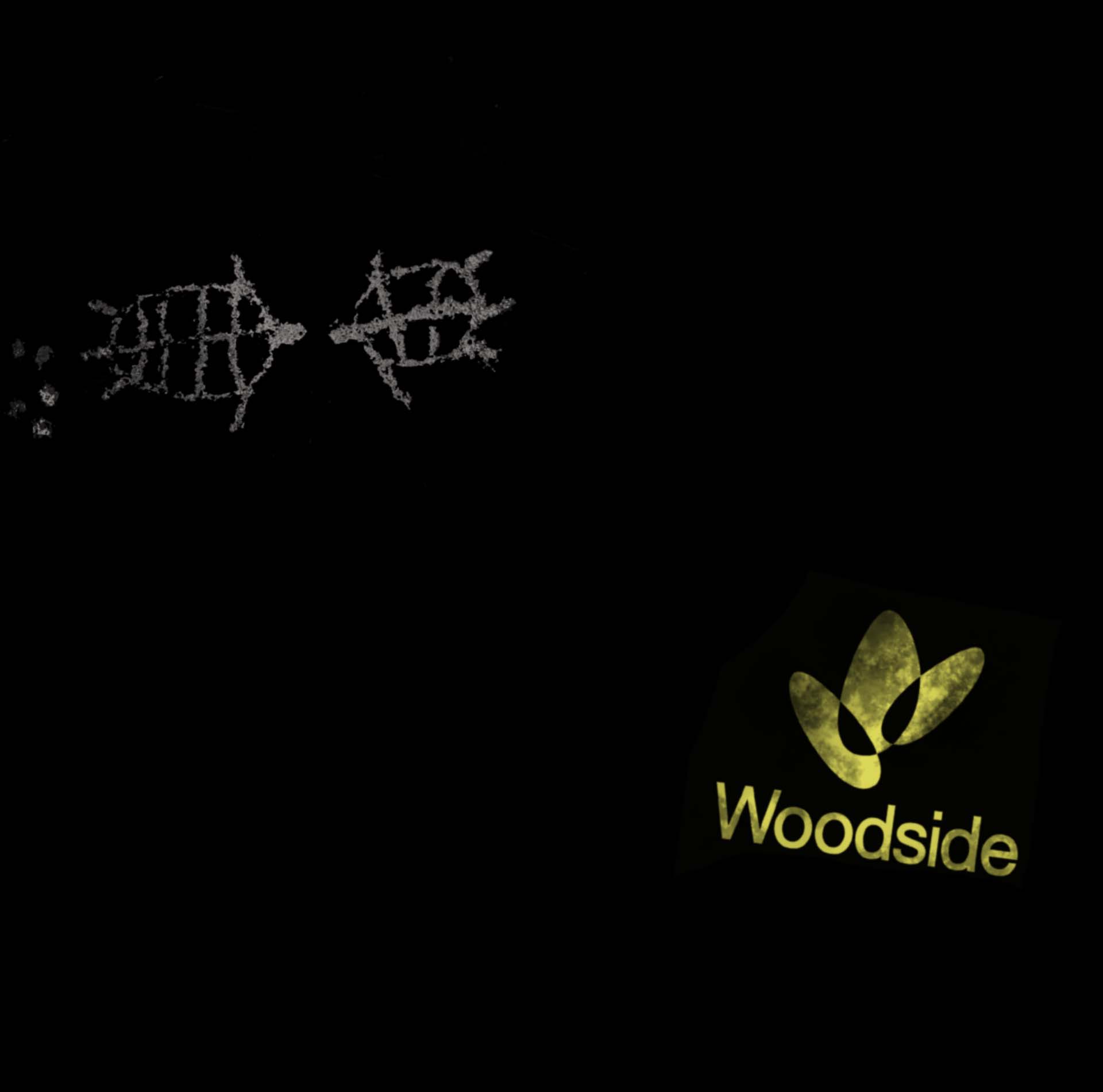
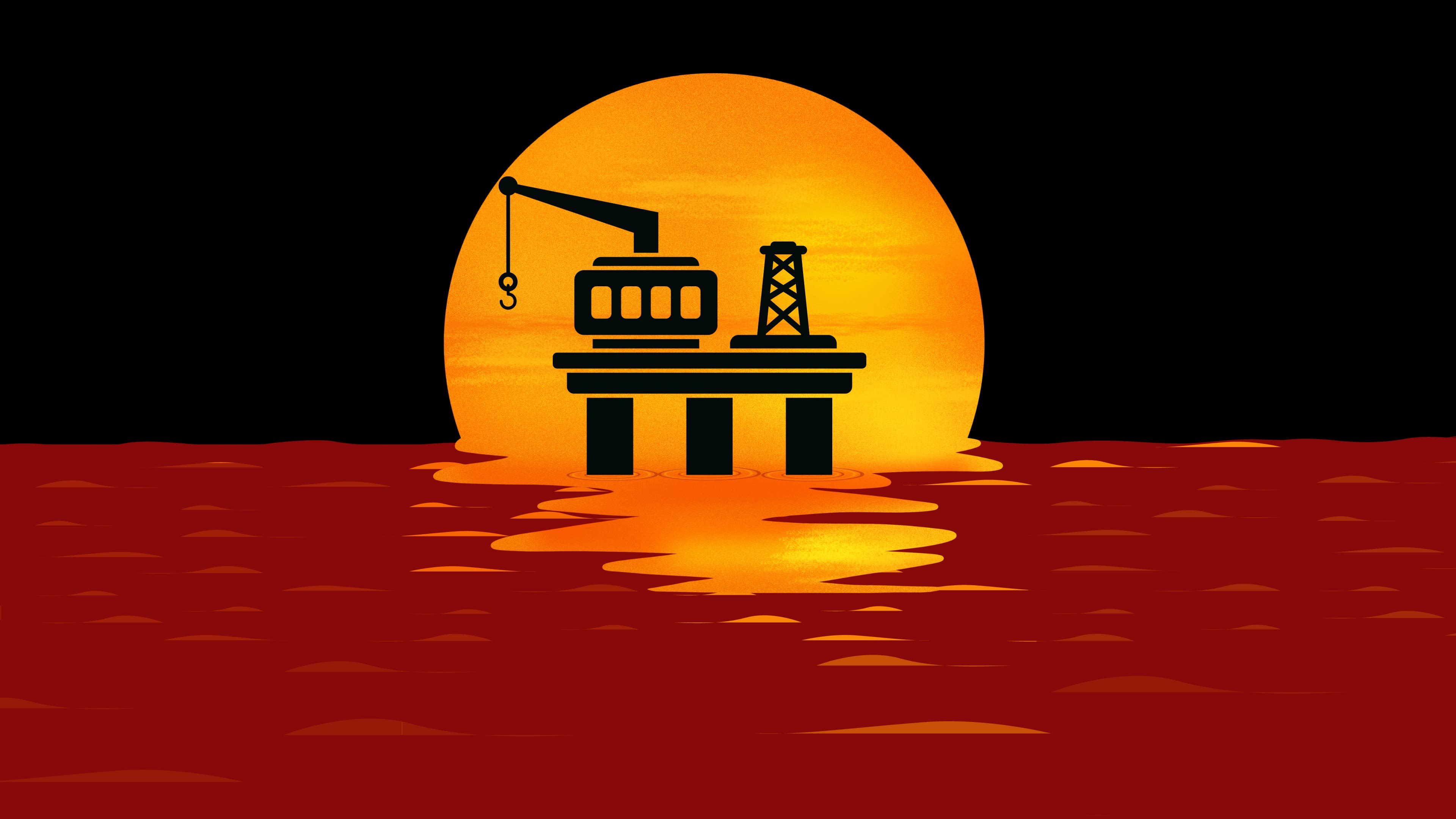
Woodside Energy’s proposed development for the region will keep Australia producing gas for the next 50 years.
However, once completed, the Burrup Hub development will make it impossible for Australia to meet its target of net zero by 2050, according to a report from the global research firm Climate Analytics.
Woodside refused to comment on the findings of this report, stating it does not comment on the opinions of others.
Under the glistening waters of the Indian Ocean, 400 kilometres west of Murujuga country, sits the Scarborough field.
Ground zero for the Burrup Hub, the Scarborough field is one of the country's largest sources of liquid natural gas (LNG).
Almost 1,000 kilometres northeast of Scarborough three more reservoirs make up the Browse Basin - Brecknock, Calliance and Torosa.
Woodside’s proposal says Browse is Australia's largest untapped LNG resource estimated to contain more than 13.9 trillion cubic feet of dry gas or methane, which is enough to singlehandedly meet Australia’s gas demands for more than 9 million years.
In the proposal for Scarborough and the proposal for Browse, Woodside says it aims to develop two new offshore gas facilities within these fields, pumping 20 million tonnes of LNG a year to the Burrup Peninsula through vast networks of undersea trunkline pipelines.
The proposal for the Hub also includes the expansion of existing infrastructure, such as the Pluto processing plant and the North West Shelf project, keeping them operational until 2070.
According to the Scarborough proposal, the existing Pluto LNG processing plant, near Karratha, will double in capacity with the creation of a second gas processing plant, and Woodside estimates eight million tonnes of LNG will be processed yearly from the Scarborough field alone.
The Scarborough field has been fully approved by the Environmental Protection Agency (EPA), and early development of the project has begun.
Browse, however, is currently undergoing EPA approval before development can begin.
In total the proposals estimate that the Scarborough and Browse fields hold 25 trillion cubic feet of dry gas.
When processed, the LNG produced will be enough to fill more than 4 million tanker ships.
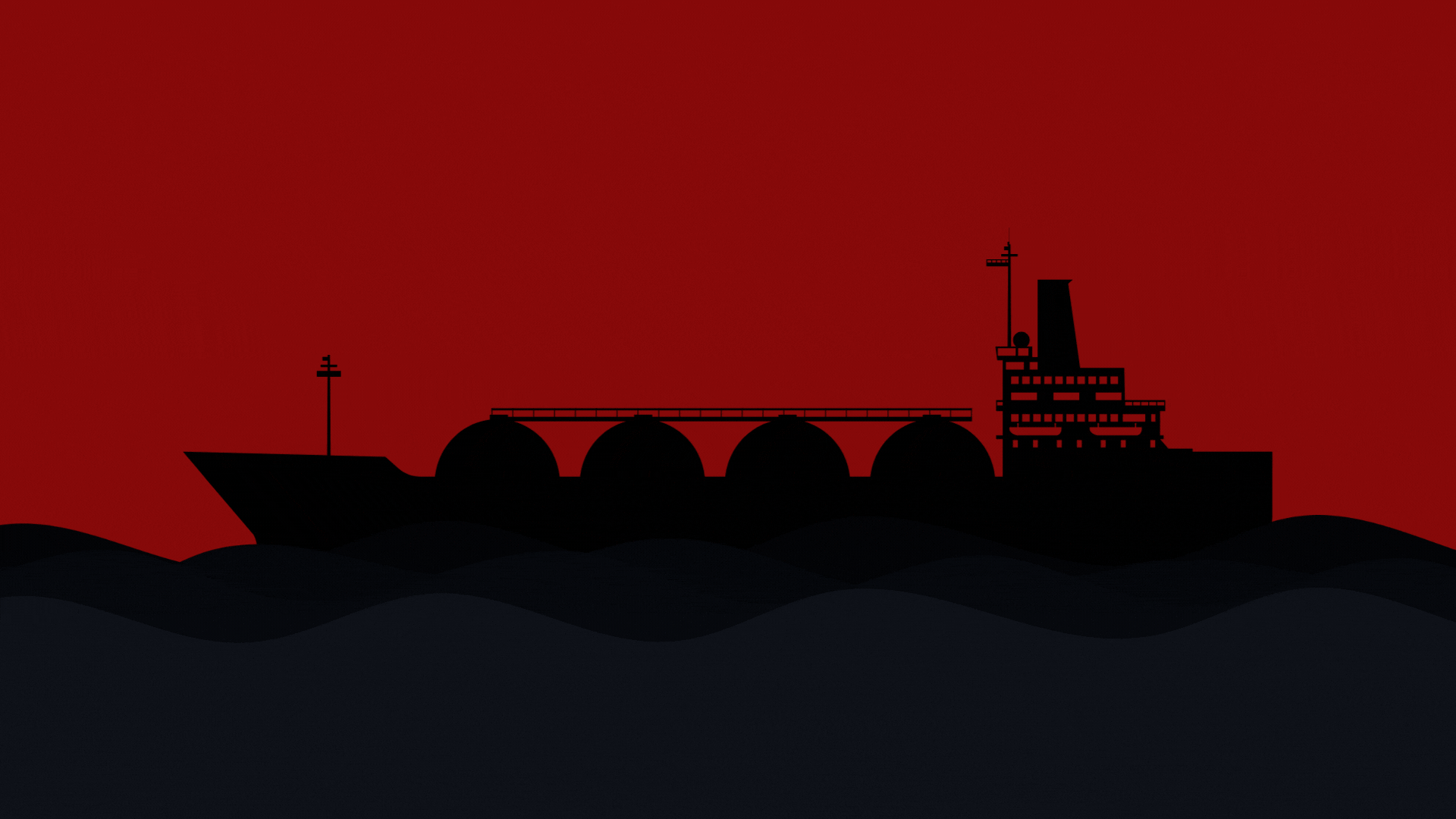
Woodside’s proposal for the Burrup Hub has generated determined opposition from conservation groups, including the Australian Conservation Foundation and the Conservation Council of Western Australia (CCWA).
A CCWA report analysing the Burrup Hub states the emissions of the project, the potentially catastrophic impact of a leak, and predicted permanent damage to 50,000-year-old Aboriginal rock art are just some of the reasons the project should not proceed.
The 2020 report claims the Hub will be Australia’s most polluting fossil fuel project ever, emitting more than 6 billion tonnes of CO2 in its 50-year lifetime.
The proposal is estimated to emit the equivalent of 11 times Australia’s total annual greenhouse gas emissions.
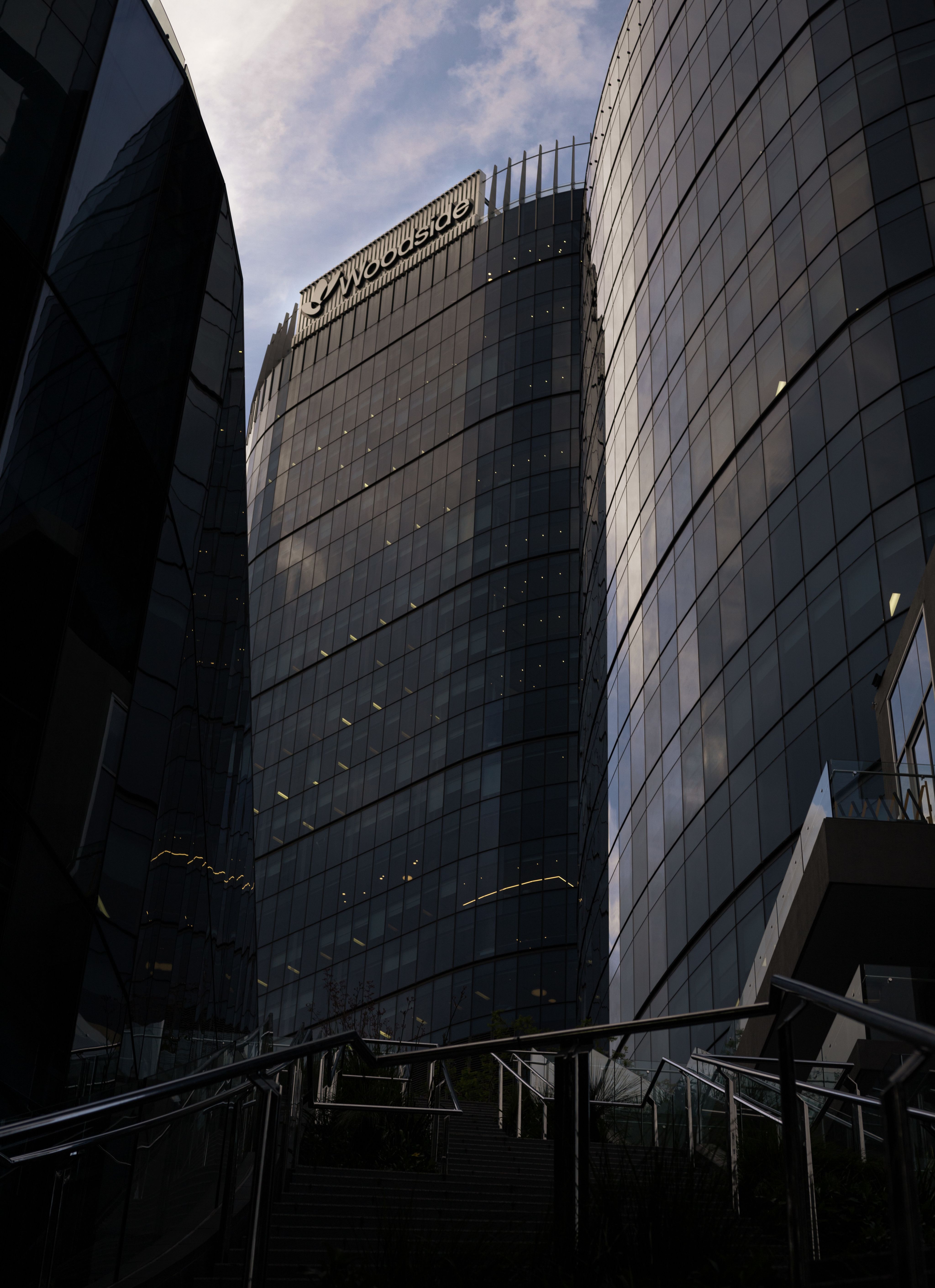
Woodside’s 2022 climate report says emissions produced in the collection and processing of LNG, referred to as Scope 1 and Scope 2 emissions, will be reduced by 30 per cent by 2030.
Woodside chairman Richard Goyder in the report said climate change was complex and did influence Woodside’s development plans.
“Climate change is a complex and important issue that significantly influences our strategy,” Mr Goyder said .
“We are reducing our Scope 1 and 2 greenhouse gas emissions towards our targets, and progressing investment in new energy products and lower carbon services alongside existing and potential new oil and gas opportunities.”
However, the majority of greenhouse gas emissions, relevant to Woodside’s projects, come from Woodside’s customers burning LNG, in what is known as ‘Scope 3 emissions’.
These “indirect greenhouse gas emissions” accounted for 91 per cent of Woodside’s emissions from 2015 to 2021, according to data published by research organisation Australasian Centre for Corporate Responsibility (ACCR).
Woodside’s climate report says its plan to reduce these Scope 3 emissions includes “contributing to finding solutions”, and it has said it is committed to spending $US5 billion on “new energy products and lower carbon services by 2030”.
ACCR climate and environment director Dan Gocher in a statement described Woodside’s Scope 3 plan as a “joke”.
“The only credible way for Woodside to reduce its Scope 3 emissions is to simply stop developing new gas basins,” he said.
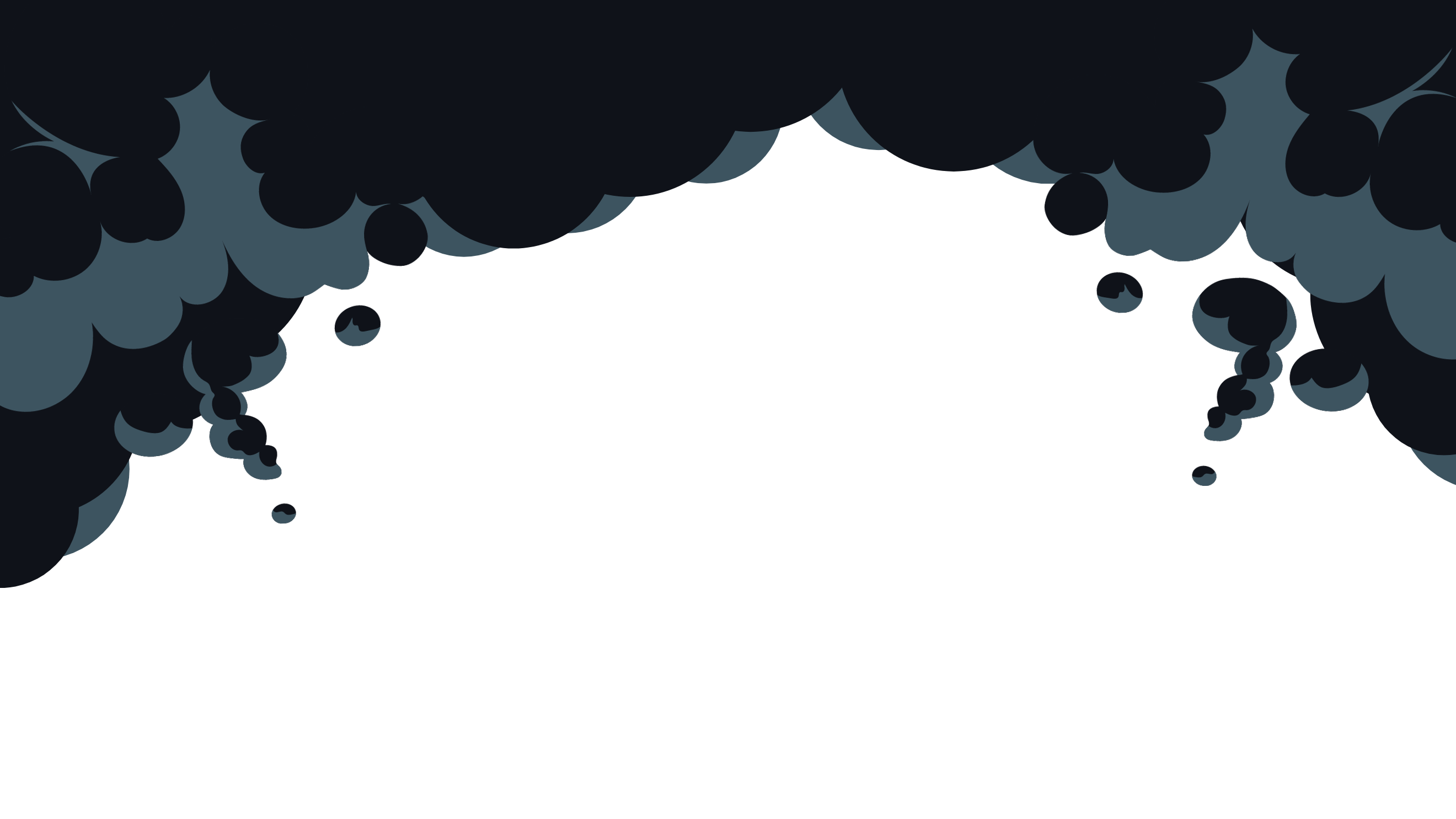
In the economic impact assessment of the Scarborough project, Woodside claims it will create an average of 1,300 jobs per year and contribute $AU125 billion to Australia’s GDP within the project's lifetime.
However, opposition to the Hub says it will not benefit Australians at all.
CCWA fossil fuel program manager Anna Chapman in a statement said the project was an export-first, profit-driven proposal.
Around 74 per cent of Australia’s natural gas production was exported from 2019 to 2020 according to Geoscience Australia.
“West Australians have nothing to gain from Scarborough going ahead, but our state’s iconic and endangered species have so much to lose,” Ms Chapman said.
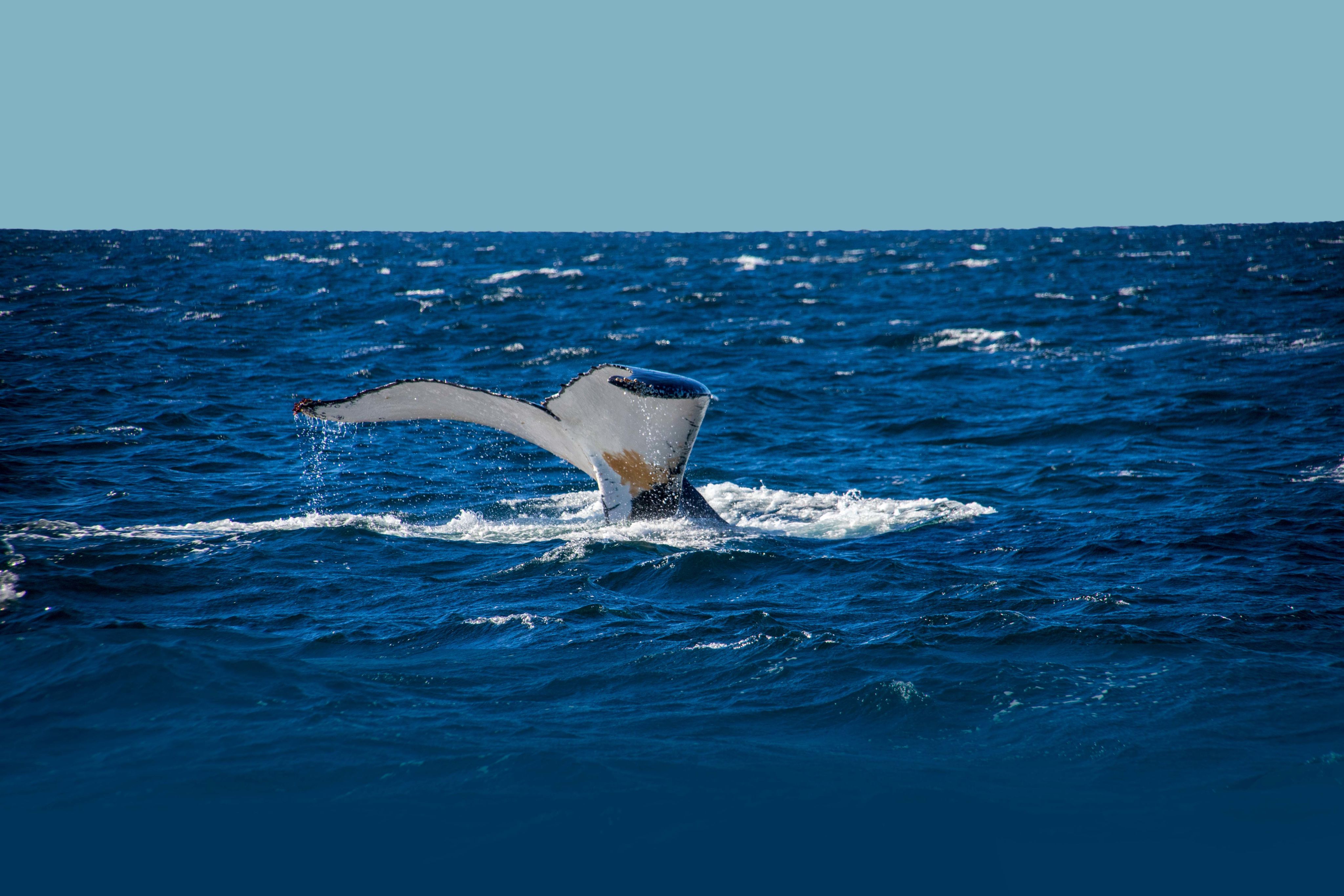
For young West Australian Matilda Lane-Rose, the risk of losing so much and gaining so little did not add up.
The 19-year-old university student has been standing up for climate action for years, demanding change through school strike protests when she was as young as 15.
Matilda pleaded not guilty in Perth Magistrates Court on November 21 to charges of conspiracy to commit criminal damage, after she was arrested by WA counterterrorism police during a protest outside Woodside chief executive Meg O’Neil’s Perth home in August.
She is due to reappear in court on January 30, 2024.
The protest organised by the climate action group Disrupt Burrup Hub was the subject of an ABC Four Corners report, sparking a national political debate.
Disrupt Burrup Hub’s stated aim is to “bring an end to the industrialist expansion on the Burrup peninsula”.
Matilda said she never thought she would be the type of person to take part in nonviolent direct action, but it was necessary to act.
“We haven’t seen anything meaningful come out of climate activism this year,” she said.
“It just felt like direct action was a necessary escalation if we’re not seeing the sort of change we want.”
In a statement on activism on its website, Woodside says it fully supports respectful debate about complex challenges like climate change.
However, Woodside says it “condemns unlawful acts that are intended to threaten, harm, intimidate or disrupt employees or any other member of the community”.

A hulking creature slowly climbs from the ocean, her scaly hide scraping along the sand as she heaves herself towards the dunes.
The green turtle drags her 100-kilogram body along the shore, looking for the perfect space to deposit her clutch of 100 eggs.
Months later, under pristine golden shores, sand shuffles softly as shells struggle towards starlight.
As the vibrant turquoise of the Indian Ocean nips at the crimson coastline of Western Australia, the green turtle's hatchlings emerge, tiny and defenceless, into a brutal bloodbath for survival.
Chances are, none of her hatchlings will survive to return to these shores.
It used to be believed that only one in 1000 hatchlings would reach adulthood, but today, the Sea Turtle Conservancy (STC) estimates it is closer to barely one in 10,000.
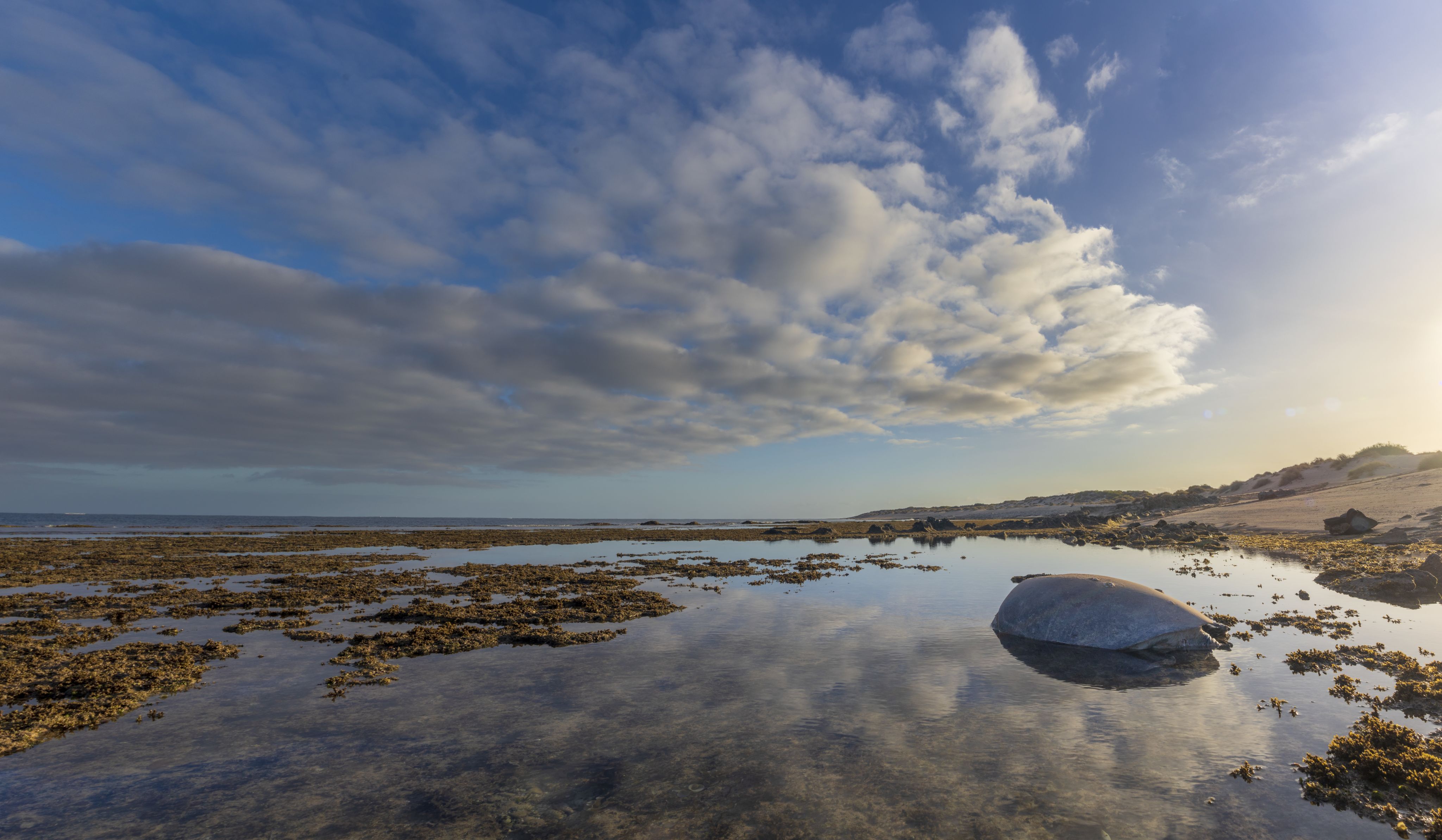
Woodside’s construction of undersea trunklines will kill seagrass meadows that are a primary food source for sea turtles, the report says.
Woodside’s Scarborough Dredging and Soil Disposal Management Plan confirms trunkline dredging can impact seagrass, but states the impacts will be “of a short duration” with recovery likely within five years.
Greenpeace’s report points out that the plan does not provide any further assessment of the impacts on sea turtles, saying that “sea turtles [face] five years of forced habitat change and reduced food availability”.
Greenpeace Pacific senior campaigner Richard George in a statement said Woodside’s dredging created a plume of destruction so big it could be seen from space.
“Woodside’s dredging is disturbing fragile marine ecosystems and posing a direct threat to baby sea turtles,” Mr George said.
“It’s an environmental disaster that should have never been allowed to go ahead.”
Woodside’s Sea Turtle Management Plan says the company will avoid dredging during peak turtle nesting and breeding seasons.
A Woodside spokesperson said the company recognised strong environmental performance was “essential for continued growth” and it worked to integrate environmental management into the operation of facilities.
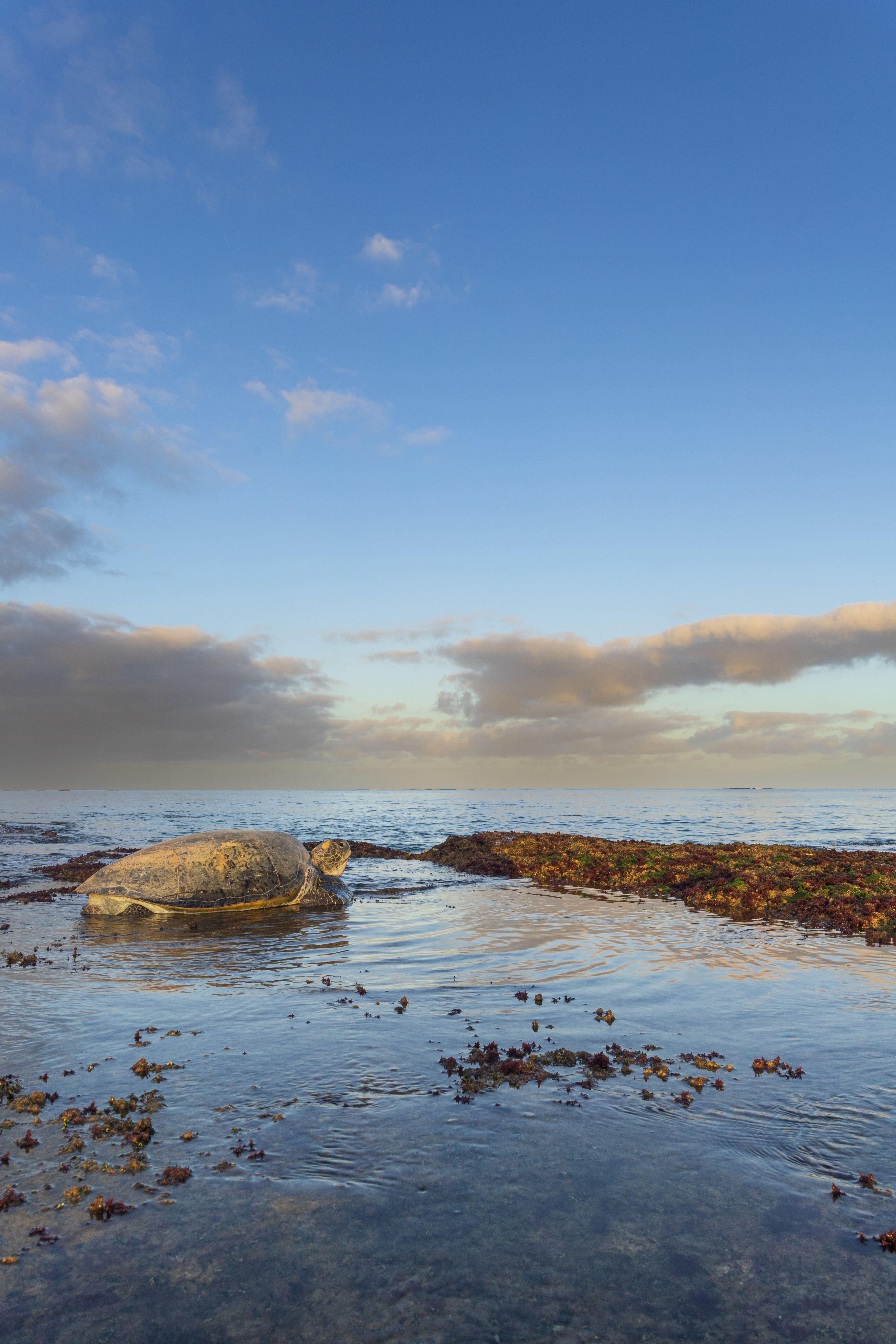
The Sea Turtle Conservancy says habitat destruction is only part of the problem.
Light pollution from development disorients turtle hatchlings and nesting mothers, putting further pressure on turtle populations.
The conservancy group say it was once easy for hatchlings to find the ocean after emerging from their nests, as the brightest horizon was always the ocean.
“Now, coasts are lined with light, which can cause sea turtles to crawl towards the light or in circles around the beach,” the conservancy say.
A Woodside spokesperson said to their knowledge hatchling turtles did not congregate at offshore facilities.
But Woodside’s own turtle plan agrees that light pollution from existing industry and future development is a risk to turtle hatchlings, stating artificial lighting can result in disorientation, exhaustion and death for hatchling turtles.
“Hatchlings [become] trapped by light spill from jetty and vessel lights and may be concentrated within a small area exposing them to predation,” Woodside's plan states.
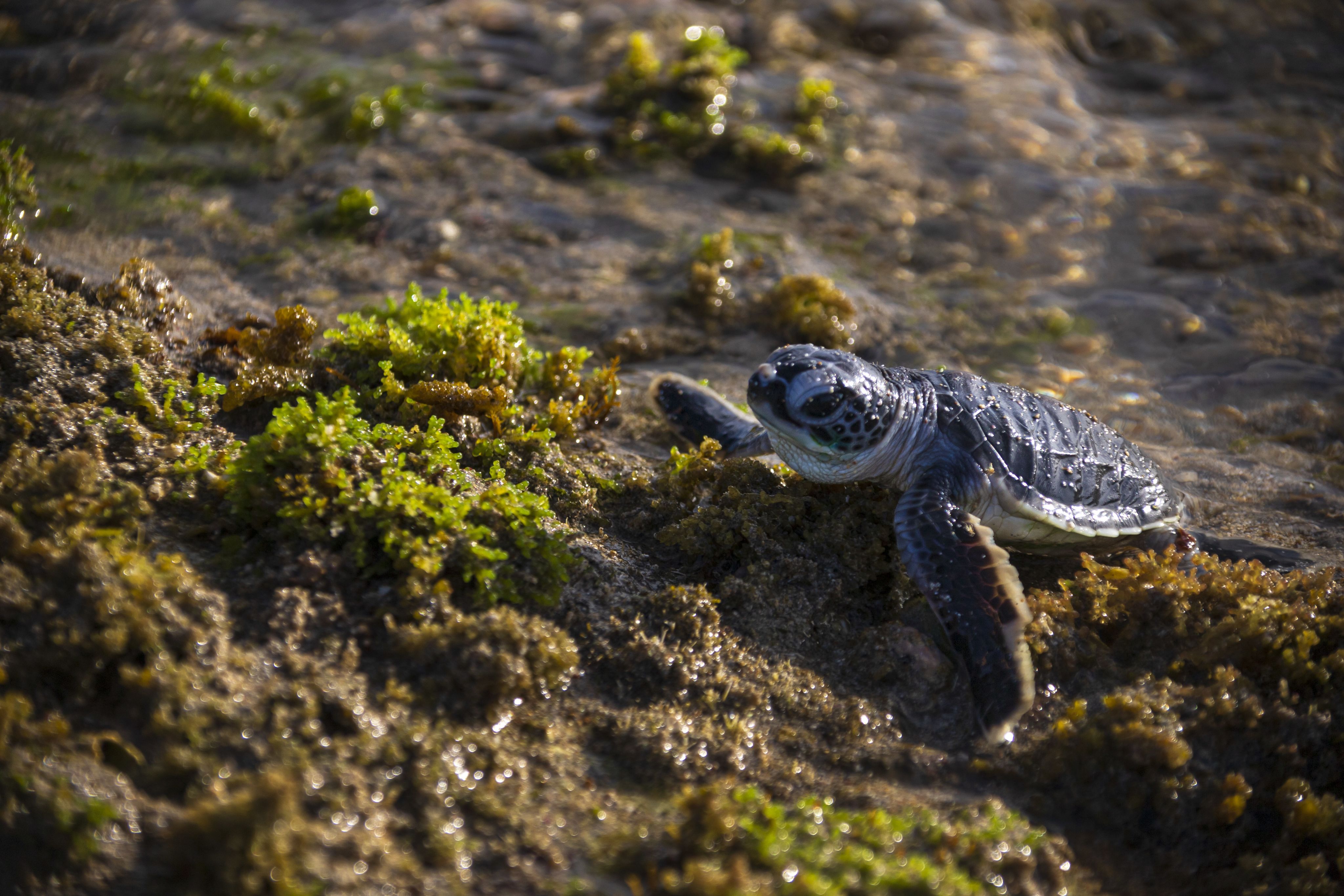
Rock art in Murujuga country believed to be more than 50,000 years old depicts turtles climbing the shores of the Burrup Peninsula to nest.
The traditional owners have always had a connection with the land, sea and animals that call it home.
For the people protesting, such as Matilda, the peninsula should be a hub of cultural tourism, celebrating the history and environment.
Instead, it is the playground for Australia’s fossil fuel giants.
Woodside’s Burrup Hub risks damaging decades-old history, invalidates action towards net-zero carbon emissions and adds more pressure to already endangered animals.
The construction of this mega-project risks destroying the past and eroding the future.
